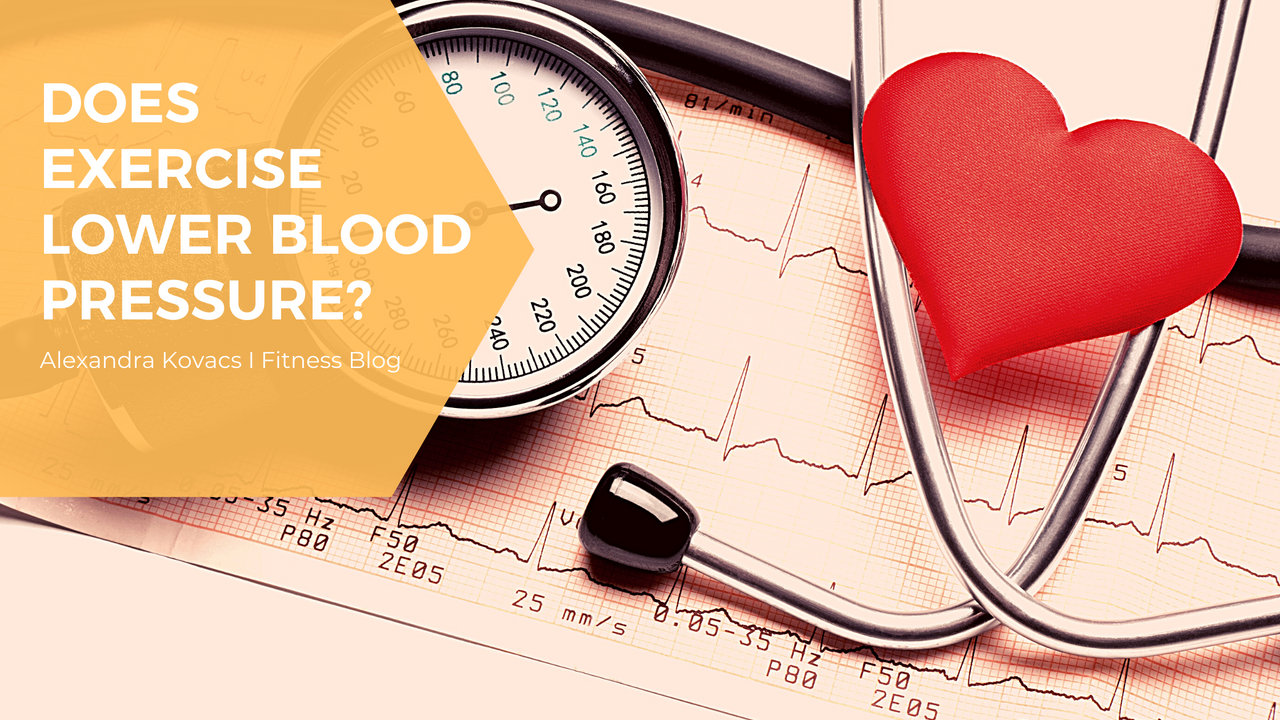Blood pressure is a vital indicator of cardiovascular health, and maintaining healthy blood pressure is crucial to avoid heart-related illnesses. Exercise has long been recommended as a natural way to lower blood pressure. How effective is it, and what kind of exercise is best?
In this blog post, we explore what blood pressure is, how exercise can help lower it, and what kinds of exercise you can do to achieve it. We also cover how much training is necessary and when it’s essential to seek medical help.
What is blood pressure?
Blood pressure is the amount of pressure your blood puts on the wall of your arteries.
The average value of healthy blood pressure is between 120-90/ 80-60 mm/Hg. The higher number is called systolic blood pressure and represents when your heart contracts and pumps blood around your body. So the higher number shows the maximum pressure on the arteries from contraction.
At the same time, the lower number is called diastolic pressure. It represents the relaxed state of the heart before the next heartbeat. The contraction is when you feel the pulse and the blood being pushed out around the body, and when it relaxes, it fills up with blood. So imagine a heart beating.
How Can Exercise Help?
While at rest, the heart pumps out 5L of blood per minute. What’s incredible is this number can increase to 20-30 liters a minute while doing intense exercise.
As we know, exercise strengthens the heart, which allows it to pump more blood out with less effort. So its long-term effect is lowering blood pressure due to decreased force on the arteries. Being more active and reducing the sedentary time during the day will positively impact lowering blood pressure.
Physical activity has been proven to reduce blood pressure by 4-6mm/Hg. These exercises do not have to be horrendously intense. Starting small with exercises like daily walking and slowly building the intensity is highly recommended.
These exercises can include:
- Walking
- Taking the stairs
- Standing
- Gardening
- Playing table tennis or any activity that you enjoy
- Climbing
- Swimming
How much exercise do you need?
Anything is better than nothing. So get up and get moving. The British Heart Foundation suggests we do at least 10,000 steps daily to keep our hearts healthy. Government guidelines recommend completing 150 minutes of moderate activity a week—around 30 minutes of aerobic exercise daily.
If you are ready for higher training intensity, add 2 x 30 minutes a week into your routine and 3 x 30 minutes of resistance training.
When to seek medical help?
Although exercising lowers your blood pressure, if it is severely high, 180/120 or above, it is advised to seek medical help before participating in any activity. Your doctor may prescribe you medication to help lower your blood pressure to keep it under control. Then you will be able to return to your daily exercise routine confidentially.
Exercise reduces the need for medication, but it needs to be at a certain level before you drop your prescription, which a doctor should decide. If you are exercising and feel dizzy or hot suddenly, experience chest pain, and sudden pressure in the head, these are red flags. I also advise you to see the doctor.
I hope this helps, and if you have any questions, please comment or email!
